The Forking Paths
WeChat Subscription Account
Customer Service
WeChat: theshopwechat
Email: mail@theshop.art
Online time:
(GMT+8) 11:00-18:00 Mon.- Fri.
Except for CN national holidays

Since the re-beginning of her painting, Yuan has attempted to find innovative methods of Chinese painting by using the tradition as the foundation and incorporating skills and concepts she learned from Western art. She once said, “I started late. Therefore, I just use whatever ideas I can think of one after another in the hope of starting some interesting and inspiring discussions.” From her early Amazing landscape series, strong-color Observance of the New Year in meticulous brushwork, Affinity series inspired by layers of ancient silk fabrics from the Song Dynasty to the sense of dynamism used to break the static nature of Chinese painting, and to her most recent works, such as the Rock, Bronze Ware, and Home series, she explores more possibilities of subject matters and colors in Chinese painting in addition to her innovative experiments of the expression methods. In her words, “Strong colors are the colors of this era. All the bright colors, such as colors of shining neon lights on the street and colors of strong contrast found on billboards, should also be seen in the paintings.”
In 1997, there were two major changes in Yuan’s ink painting. The first one was the use of materials. Her preference gradually changed from ink on paper to strong colors on silk for this material allowed for multiple layers of color application. The second one was the change of her themes and compositions. Landscape was no longer the major theme of her works. As she used more strong colors, she started to paint more flowers, plants, insects, human figures, or even her own imaginary scenery, creatures or objects. In this stage, her works were full of intriguing novelty and ingenuous creativity. In addition, she added a sense of rhythm in her lines to render a sense of dynamism in her composition, which can be seen in her work Shifting Hills. She would also create richness and flow in her compositions by putting the depicted objects, such as petals, drapery and folds in textiles, giving the compositions a sense of interesting intricacy and dimensional depth.

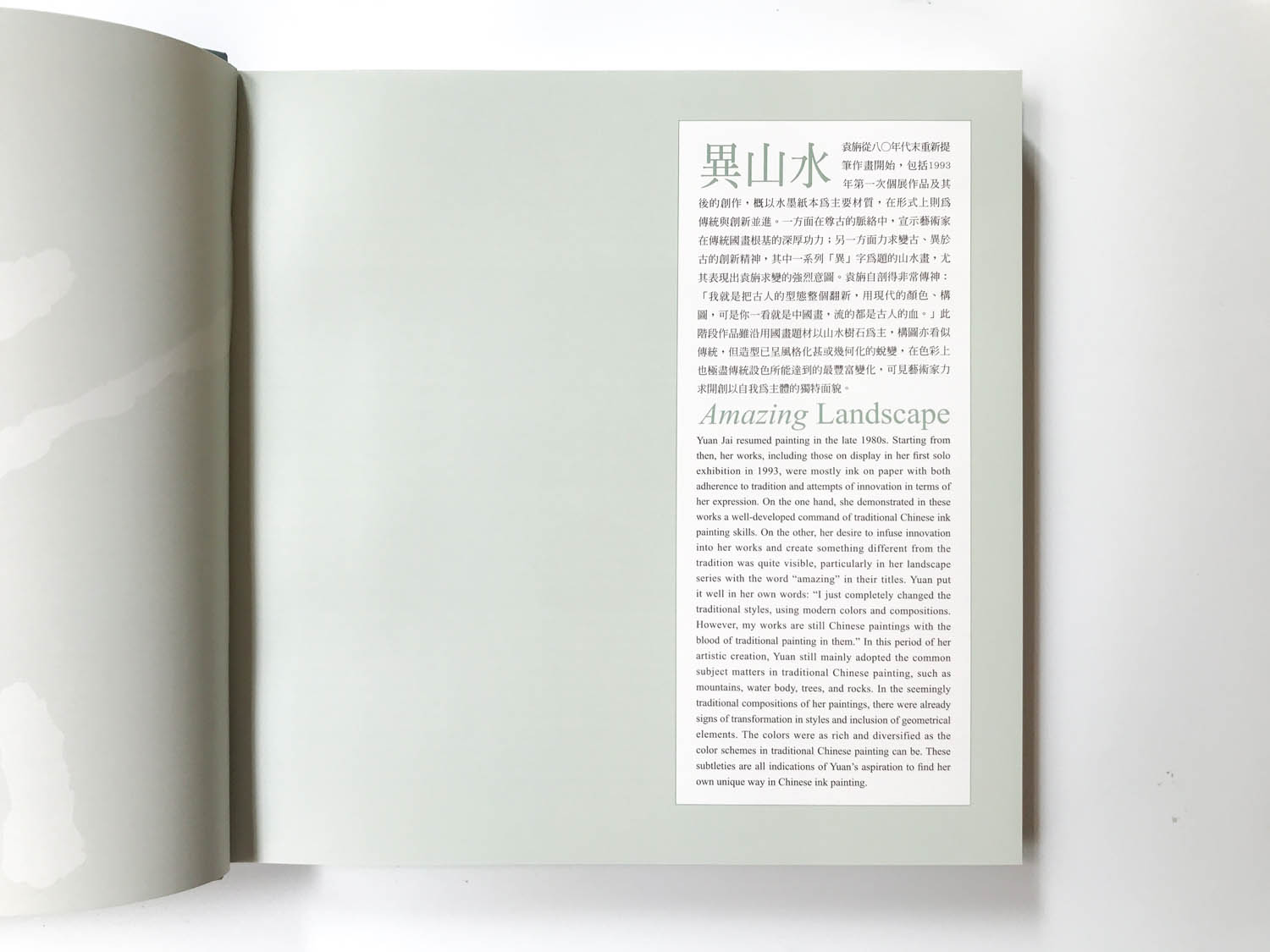


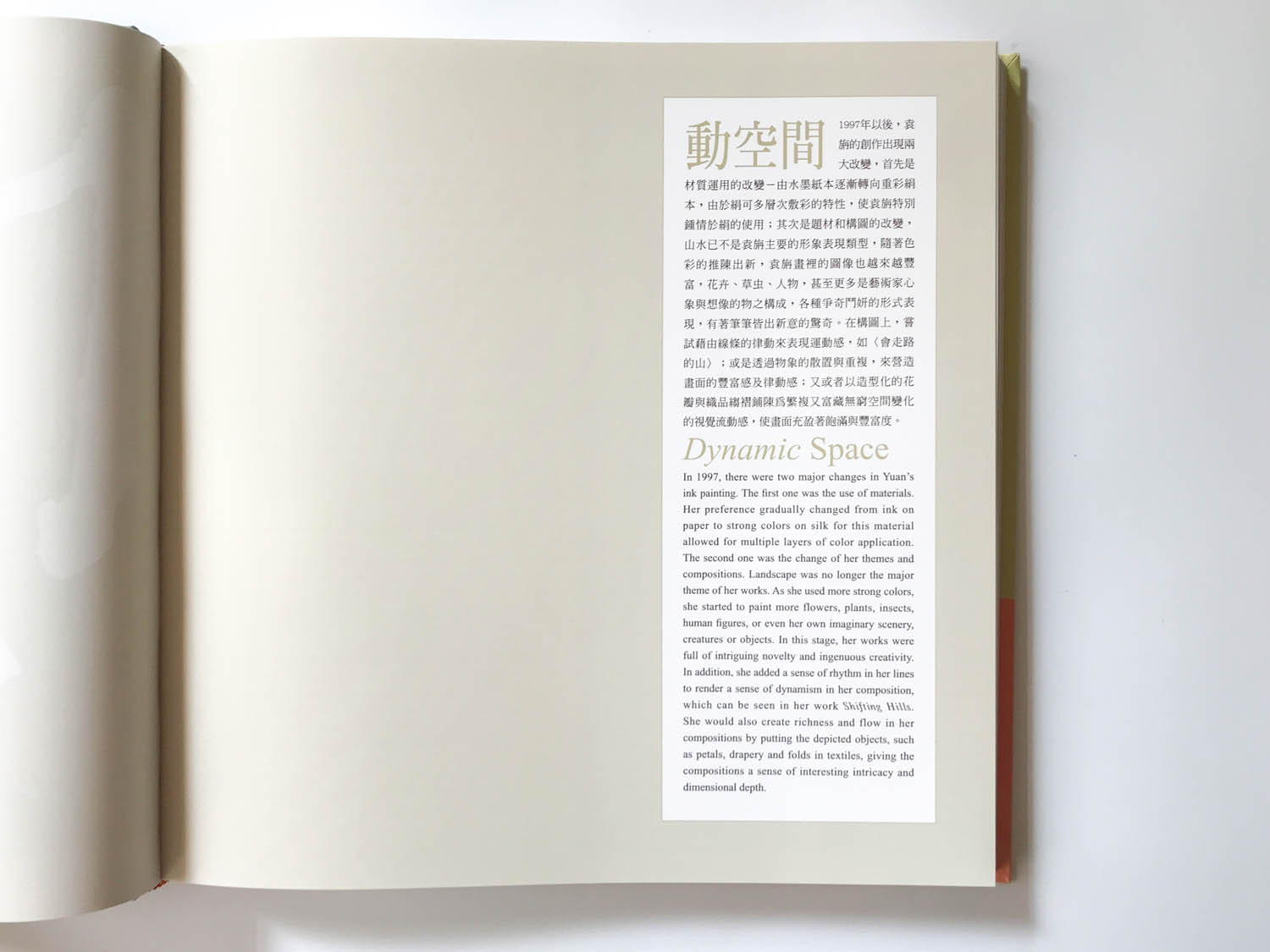

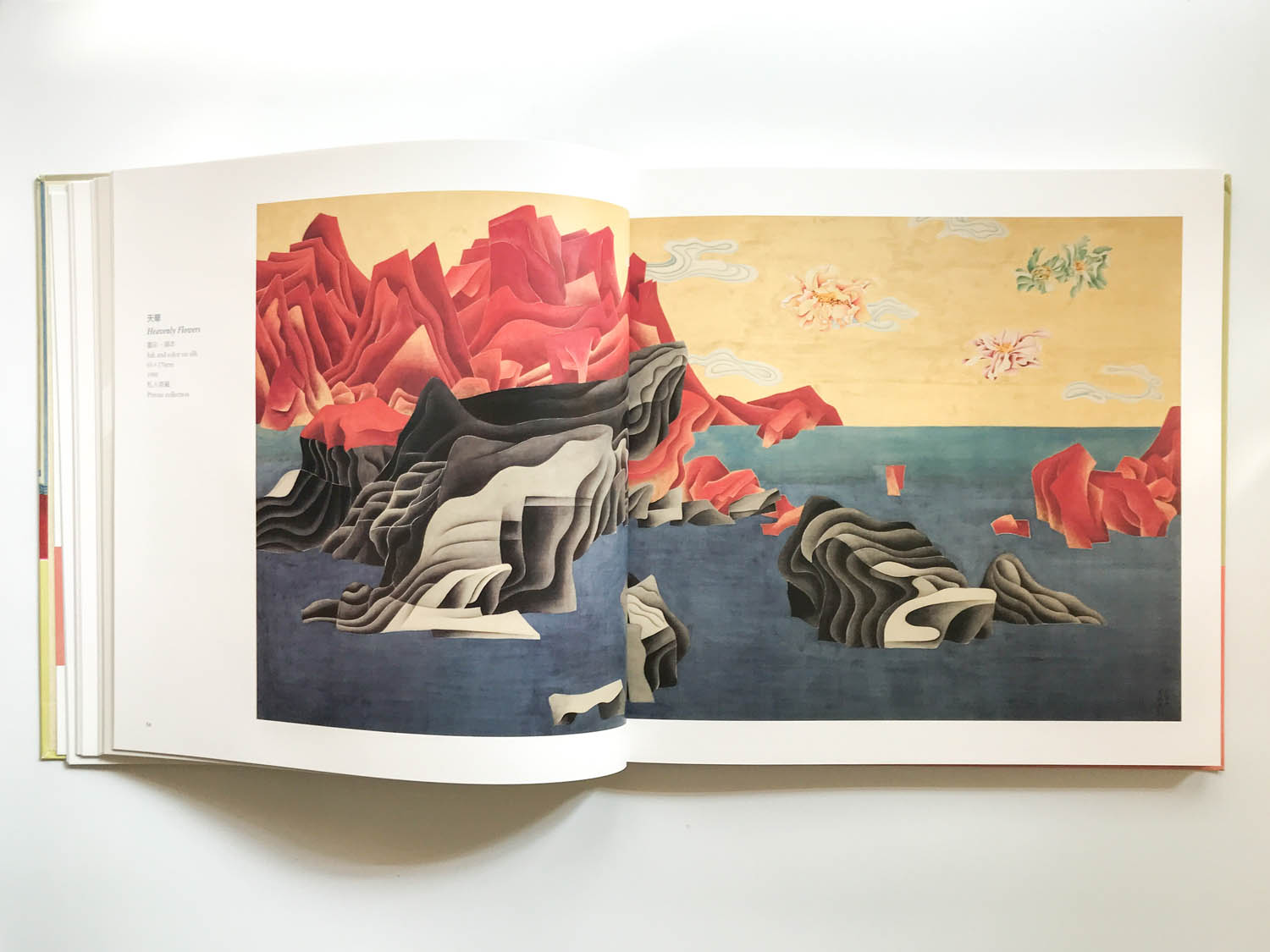
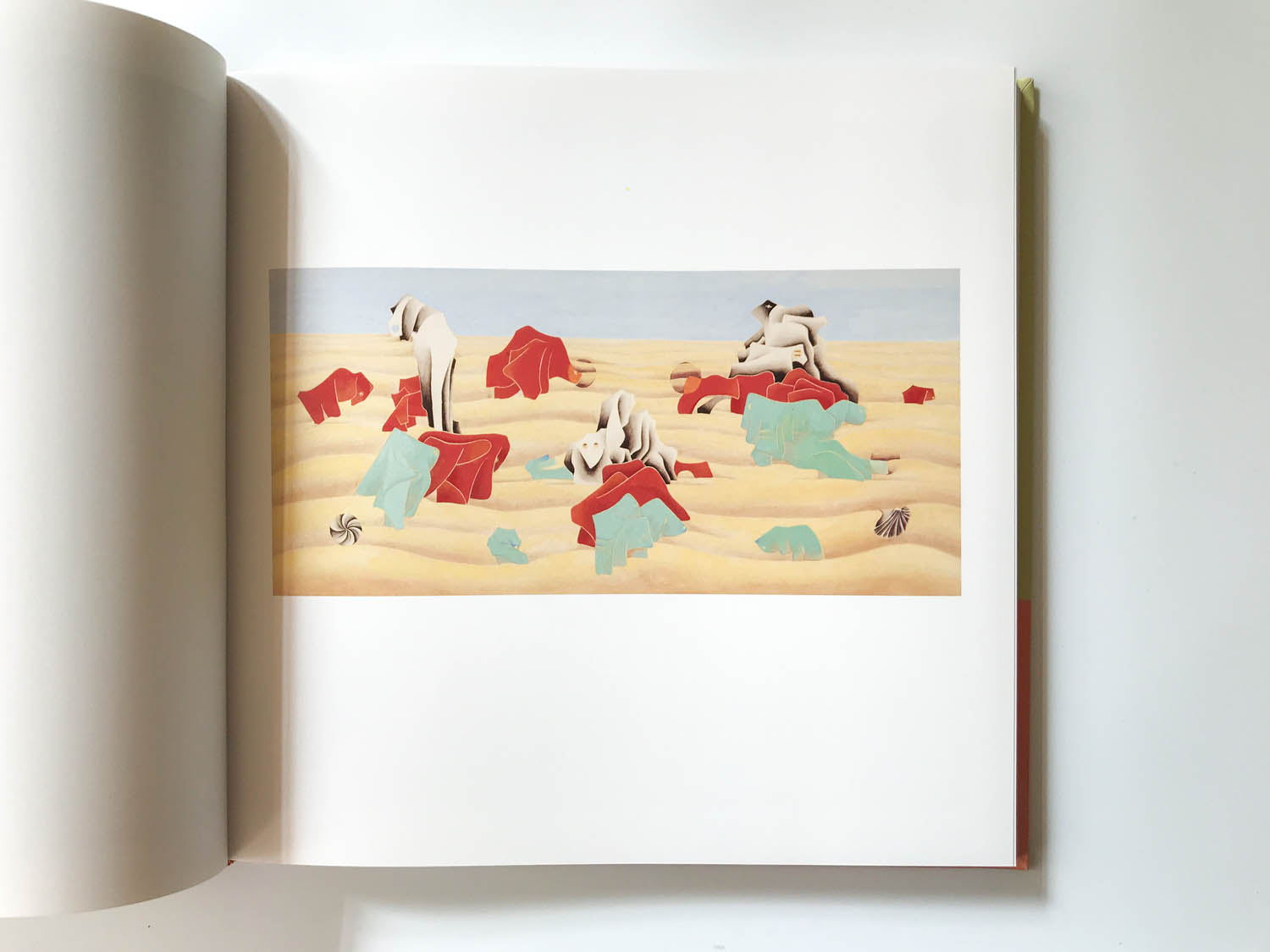
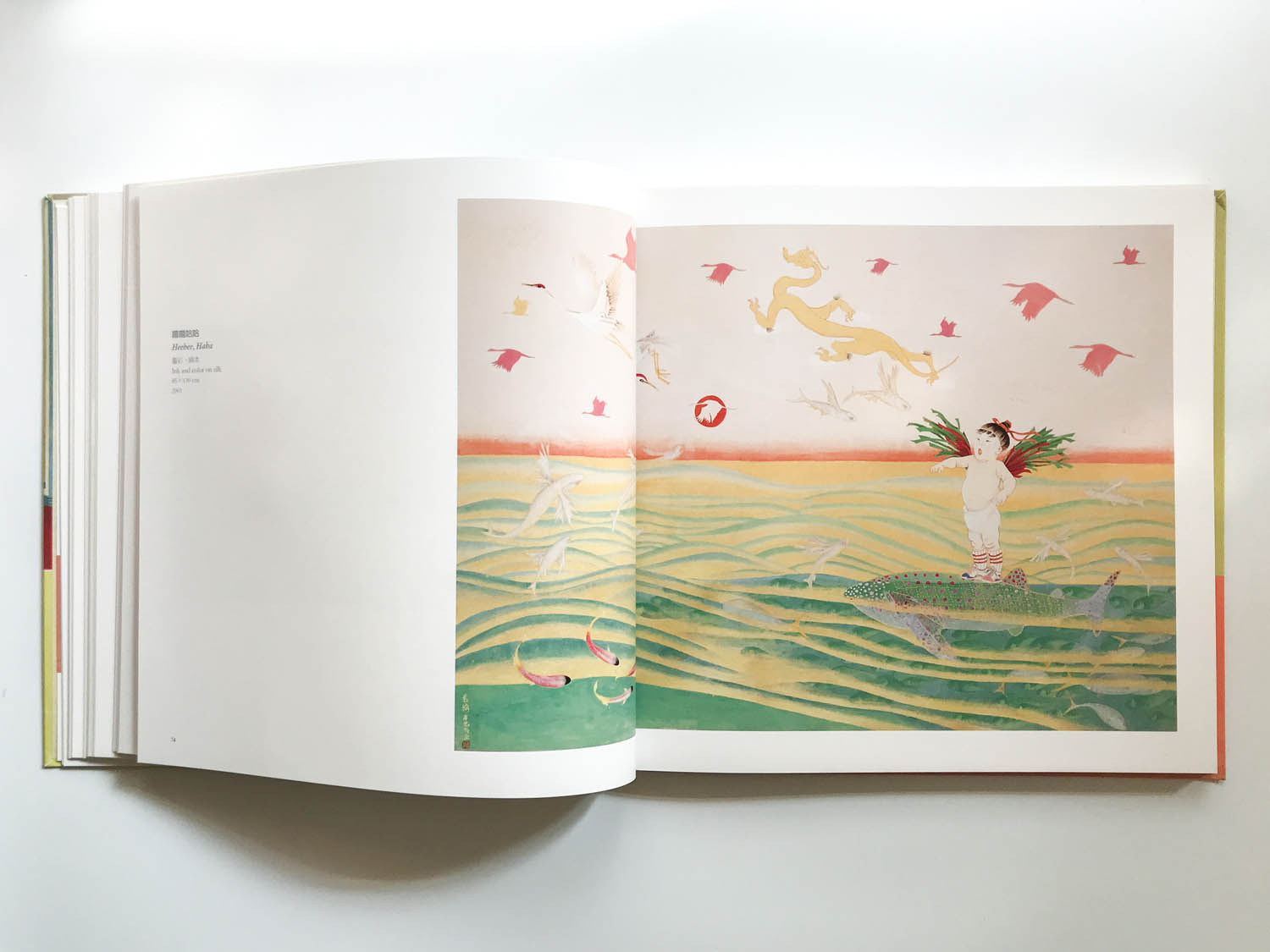
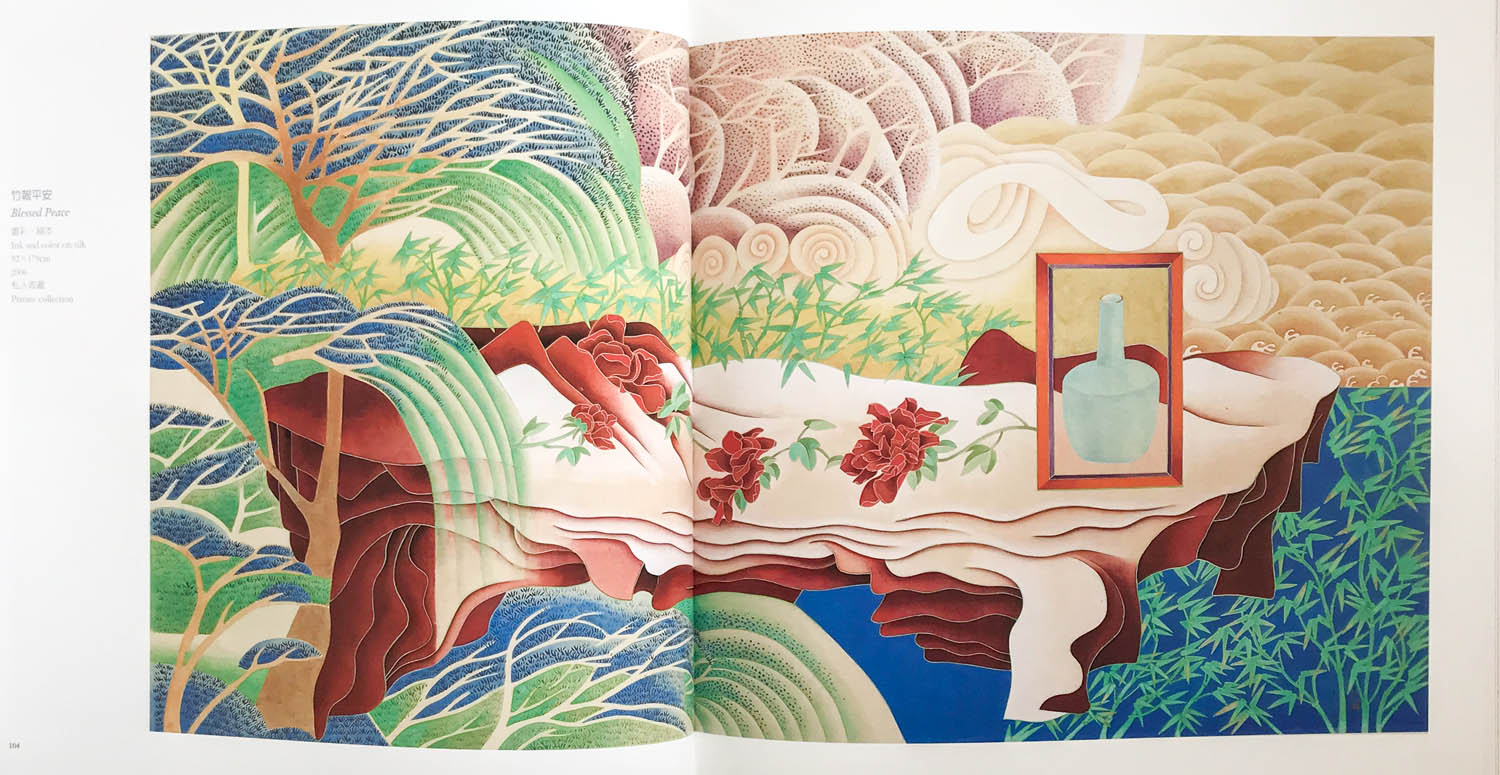
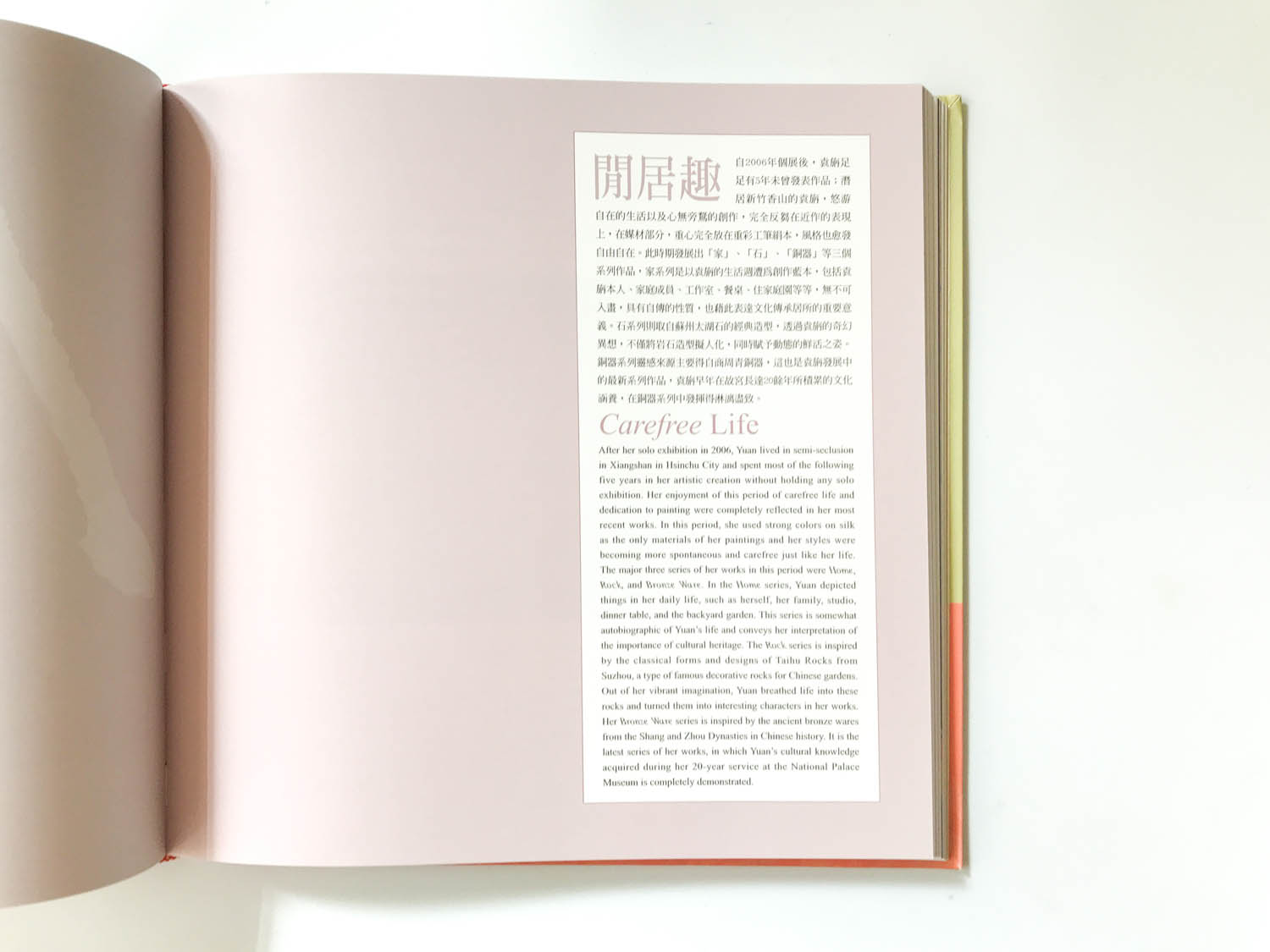


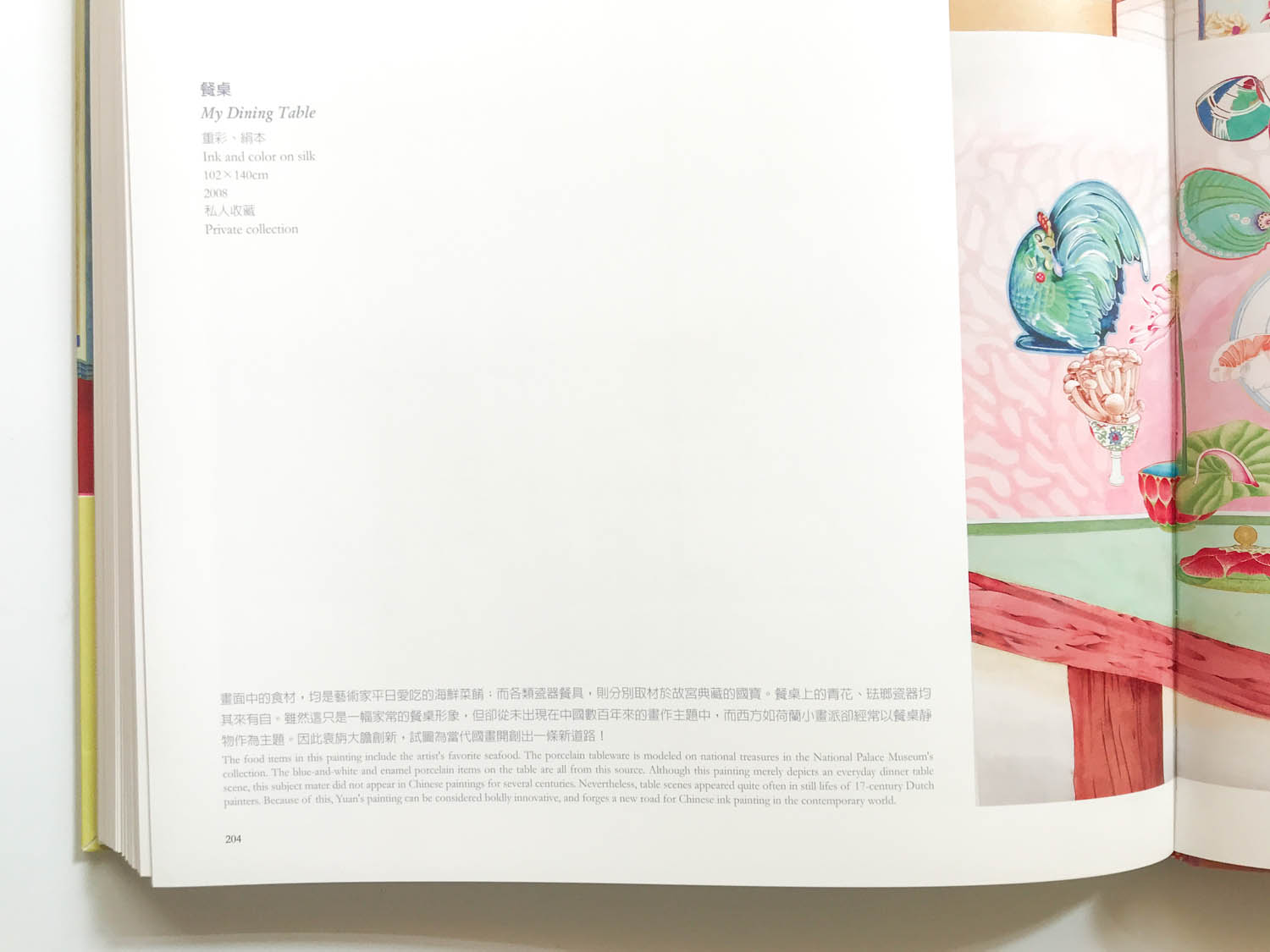
Prefaces 004
Plates 010
Biography 206
List of Works 210
Acknowledgments 223
The Forking Paths
WeChat Subscription Account
Customer Service
WeChat: theshopwechat
Email: mail@theshop.art
Online time:
(GMT+8) 11:00-18:00 Mon.- Fri.
Except for CN national holidays
Size: 28×28 cm
Pages: 223
Year: 2012